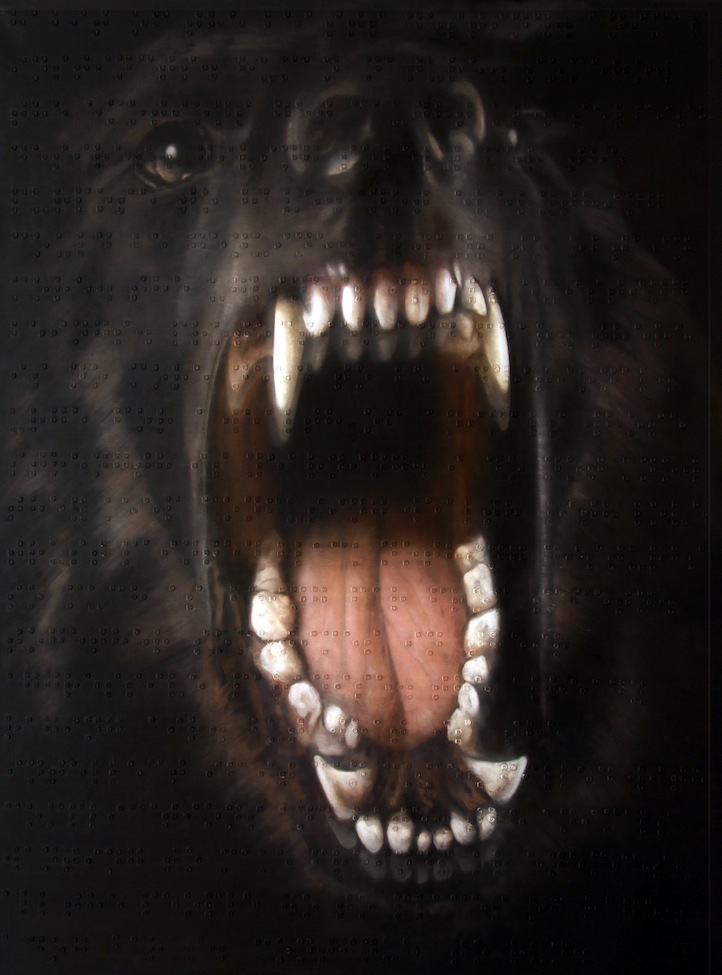I Can See Clearly Now
11.17.2011
ART & DESIGN
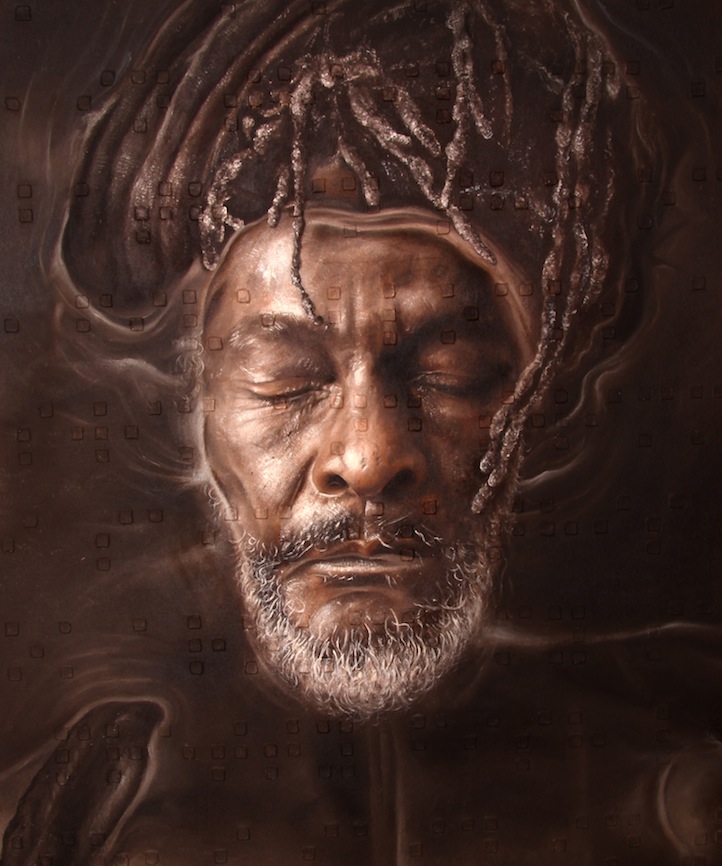
L+T: What work of art by another artist are you envious of?
RN: I’ve never been envious of another artist. I have been inspired by many works of old masters one of which is Picasso‘s Three Ladies; it’s brilliant. During the army I lost a very close friend, and after his death I couldn’t do much else other than paint. It was a very emotional time for me and I decided I wanted to try and copy the brilliant painting of Picasso. I worked on it day and night, determined to get the same emotion from the original and to really understand Picasso’s unparalleled technique to honor my dear friend.
L+T: Who do you think made the biggest influence on you creatively?
RN: My professor at The Bazalel Academy Of Art. He taught me how to see again, and how to capture every color and every stain onto canvas.
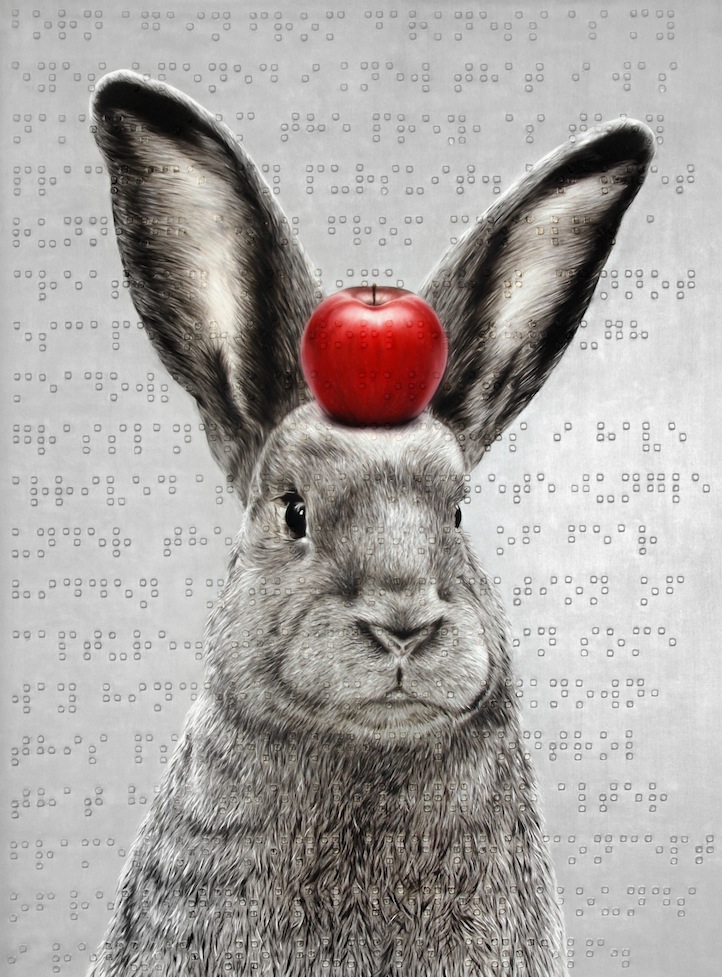
L+T: Do you listen to music when you paint and if so what kind?
RN: I listen to all types of music. With every work I create, I choose one song and listen to it over and over until I’ve finished the painting. The type of music depends on my mood and the work that I am creating.
L+T: Have you had any close friends or family members who have lost their sight?
RN: My grandmother lost her sight, but I never got the chance to meet her, though my mother’s stories stuck with me. I can only imagine how difficult it was for her.
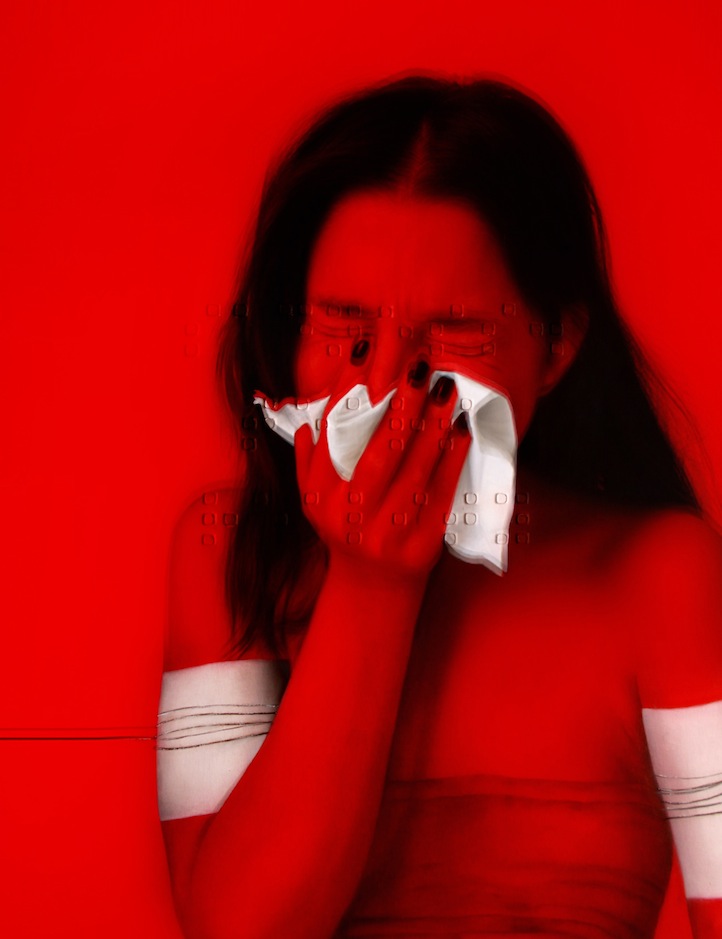
L+T: Are you aware of any other artist(s) who have explored this concept?
RN: I believe I am the first to sculpt Braille on canvas and paint over the Braille photorealistic paintings in oil.
L+T: What is the most important thing you have learned through interacting with those who are blind?
RN: To open my eyes!
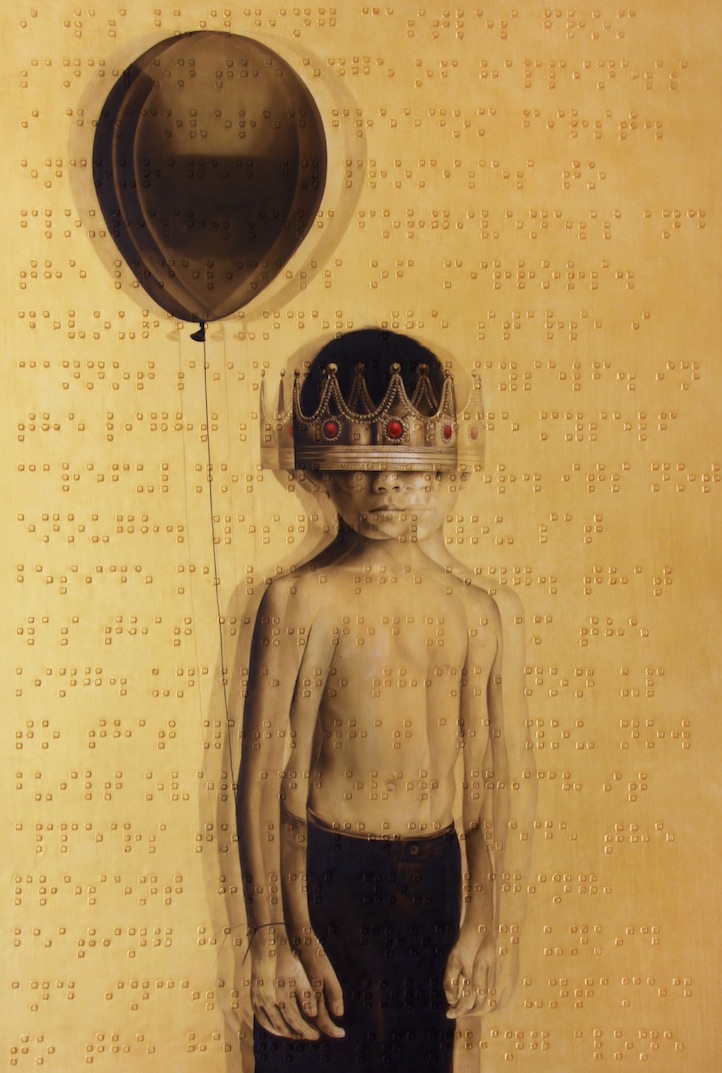
L+T: In many ways people with sight are also blind. Is there an aspect of this issue that concerns you particularly?
RN: People with sight are often blinded by the overload of societal materials. They sometimes forget what is truly important and focus on the unnecessary. I feel for someone without sight that the visual overload of advertising and material possession does not affect them in the same way. They can often “see” much deeper into life and into human interactions. This allegory is the underlying concept of my show. Life itself has so much to offer and we often overlook simple things. This is a real tragedy: instead of finding splendor in the everyday we are never satisfied with what we have.
L+T: What is the one thing people who can see will learn from people who are blind from this exhibit?
RN: I want to blur the barrier between touch and art, and hope people will walk away with a deeper understanding of life. I wish I can in some way open the eyes of people who are metaphorically blind, and create a unique and moving experience for those who actually are blind and may have never experienced a painting before.
